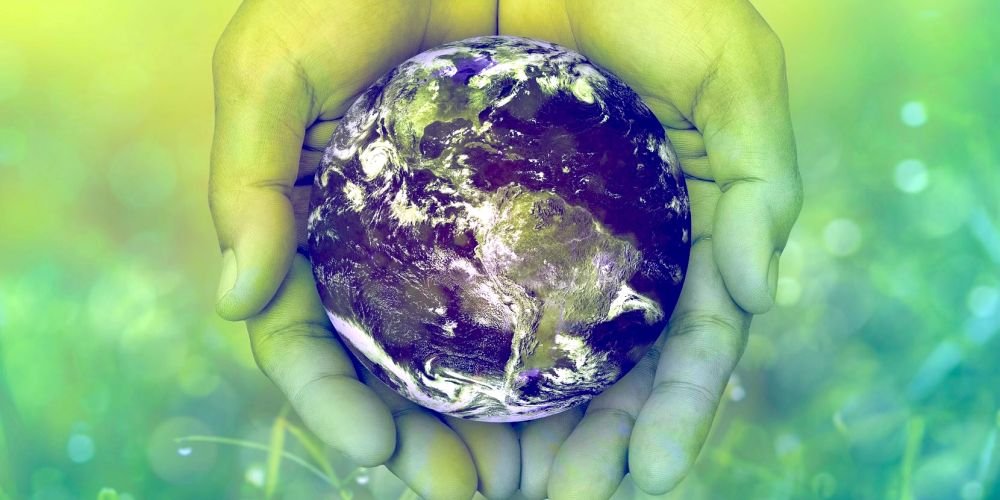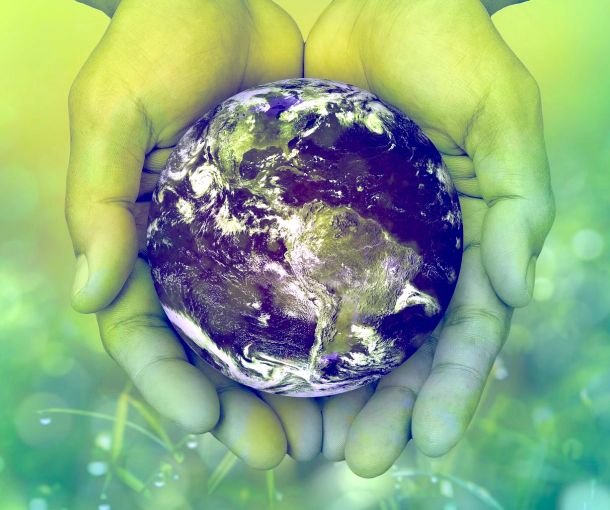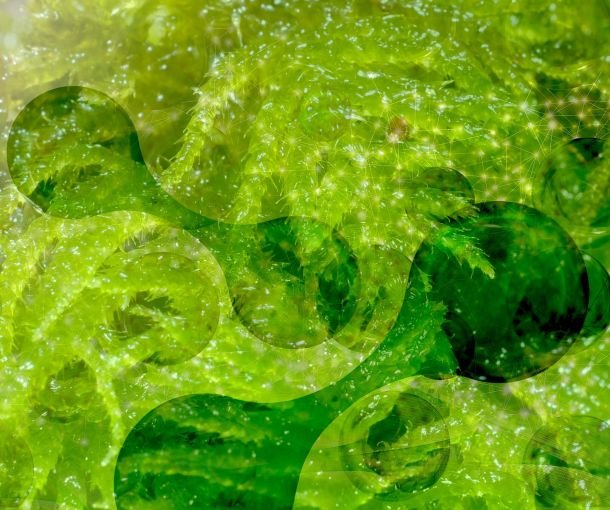Macroalgae Species and their Biopolymer Applications

The escalating environmental concerns associated with synthetic polymers have steered global attention towards sustainable alternatives. Seaweed macroalgae, with their diverse species and biopolymer content, have emerged as a potential solution. This article provides an in-depth analysis of various seaweed macroalgae species, their global distribution, properties, and potential applications in sustainable practices across industries. It also reviews current research and commercial applications pursued worldwide for each species.
Seaweed macroalgae, found in marine environments worldwide, are renowned for their rapid growth and ability to absorb CO2. Their biopolymers, such as alginate, agar, and carrageenan, offer a sustainable alternative to traditional plastics. This article explores the promising seaweed macroalgae species for biopolymer extraction, their properties, and applications in various industries.
Seaweed Macroalgae Species and Their Global Prevalence
Kelp (Laminariales)
Locations and Volume
Kelp forests are predominantly found in cold, nutrient-rich waters of the Northern Hemisphere, particularly off the coasts of Norway, Canada, and Japan. They are among the fastest-growing plants, with some species capable of growing up to half a meter per day.
Properties and Applications
Kelp is rich in alginate, a biopolymer used in food, textile, and pharmaceutical industries. It’s valued for its thickening, gelling, and stabilizing properties.
Research and Commercial Use
In Norway, kelp is harvested commercially for alginate extraction, used in products ranging from food additives to wound dressings.
Red Algae (Rhodophyta)
Locations and Volume
Red algae are widespread, with notable concentrations in warmer waters. Species like Eucheuma and Kappaphycus are cultivated extensively in the Philippines and Indonesia.
Properties and Applications
They are a primary source of carrageenan, used in food processing, cosmetics, and pharmaceuticals for its gelling and stabilizing properties.
Research and Commercial Use
In the Philippines, carrageenan extracted from Eucheuma is used in dairy products and meat processing. Recent research focuses on its potential in biodegradable packaging films and medical applications.
Brown Algae (Phaeophyceae)
Locations and Volume
Brown algae, including species like Ascophyllum nodosum, are abundant in cold, temperate waters, particularly in the Atlantic Ocean regions.
Properties and Applications
Rich in alginate, they are used in food, agriculture, and textile industries. Alginate from brown algae offers potential in water treatment and as a soil conditioner.
Research and Commercial Use
In France, Ascophyllum nodosum is harvested for alginate, which is used in textile printing and as a soil additive for agriculture.
Green Algae (Chlorophyta)
Locations and Volume
Green algae like Ulva (sea lettuce) are found in coastal regions worldwide, including the Mediterranean Sea and the coasts of England.
Properties and Applications
They are researched for their cellulose content, offering potential in paper and textile industries.
Research and Commercial Use
In the UK, research on Ulva focuses on biofuel production and its application in biodegradable plastics and textiles.
Current Research and Commercial Applications
Biodegradable Packaging
Innovations and Trends
The development of seaweed-based biodegradable packaging is a rapidly growing field. Companies are not only focusing on single-use items like water bottles but also on a variety of packaging solutions.
Edible Water Bottles
A notable innovation is the edible water bottle developed by Skipping Rocks Lab, under the brand name Ooho. These water bottles are made from sodium alginate and calcium chloride, creating a biodegradable and edible membrane to hold water. This concept challenges the conventional plastic water bottle industry and has been used in events like marathons.
Food Packaging Films
Notpla also extends its technology to create flexible films and coatings for food items. This film is transparent, waterproof, and can replace conventional plastic coatings used in food packaging, such as for sandwiches or fresh produce. The advantage is its complete biodegradability compared to traditional plastics.
Agriculture and Horticulture
Seed Coating and Soil Conditioning
Seaweed biopolymers, particularly alginate, are being used to improve agricultural practices. Alginate-based seed coatings enhance seed protection and germination rates. For instance, research in the U.S. has demonstrated that alginate coatings can significantly improve the water absorption of seeds, leading to higher germination rates under dry conditions.
Hydrogel for Soil Moisture Retention
In soil conditioning, seaweed-based hydrogels are being developed to improve soil water retention. These hydrogels can absorb and retain large amounts of water, slowly releasing it, which is particularly beneficial in arid regions. In Israel, experiments with alginate-based hydrogels have shown promising results in reducing the need for frequent irrigation.
Biomedical Applications
Drug Delivery Systems
Seaweed biopolymers are being explored for controlled drug release systems. Alginate, due to its biocompatibility and gel-forming properties, is used to encapsulate drugs, allowing for targeted and sustained release. Research in South Korea has shown success in using alginate beads for the controlled release of cancer medications.
Wound Dressings and Tissue Engineering
In wound care, seaweed biopolymers offer properties like moisture retention and antimicrobial activity, ideal for healing. For example, a carrageenan-based wound dressing developed in Japan shows accelerated wound healing due to its excellent moisture retention and ease of application.
Textile Industry
Sustainable Fibers
The development of sustainable fibers from seaweed is gaining momentum. AlgiKnit is creating yarns from kelp that are not only biodegradable but also strong and versatile. These yarns are being tested for various applications, from clothing to upholstery, providing a sustainable alternative to synthetic fibers.
Dyeing and Finishing
Research into seaweed-based dyes and finishes for textiles is an emerging trend. For instance, studies in the UK are exploring the use of seaweed-based pigments as natural, eco-friendly dyes for fabrics, offering a range of vibrant colors without the environmental impact of synthetic dyes.
Building Materials
Insulation Panels
Seaweed is being used to create sustainable insulation panels. In Denmark, a project named ‘The Seaweed House’ successfully utilized eelgrass, a type of seaweed, as a natural insulation material. These panels offer excellent thermal properties and are carbon-negative.
Concrete Additives
The incorporation of seaweed biopolymers in concrete is an innovative approach to enhance its properties. Research in Sweden has shown that adding seaweed to concrete can improve its strength and durability, while also reducing its carbon footprint.
The Upshot
Seaweed macroalgae offer a vast, untapped potential for sustainable biopolymer production, with diverse applications across industries. Their global prevalence, coupled with unique properties, makes them a viable alternative to conventional plastics. Continued research and development, alongside growing commercial interest, are crucial for unlocking the full potential of seaweed macroalgae in driving sustainable practices worldwide. The diverse and innovative applications of seaweed macroalgae biopolymers are transforming industries, offering sustainable alternatives to traditional materials. The ongoing research and commercial developments in areas like packaging, agriculture, biomedical applications, textiles, and building materials not only demonstrate the versatility of these biopolymers but also underscore their potential in contributing to a more sustainable future. As these technologies evolve and market adoption increases, seaweed-based biopolymers are poised to play a significant role in global sustainability efforts.
References
- Smith, V. J. (2022). Global Distribution and Potential of Seaweed Macroalgae as a Source of Biopolymers. Journal of Marine Biology and Environmental Sciences, 45(3), 233-249.
- O’Connell, E. & Thompson, A. (2023). Commercial Applications of Seaweed Biopolymers. Bioresource Technology Reports, 14, 87-103.
- Lee, K. M., & Park, J. H. (2023). Seaweed in the Biomedical Sector: A Review. Journal of Marine Biotechnology, 15(4), 200-216.
- Gupta, S., & Saha, I. (2023). Seaweed-Based Biopolymers in Agriculture and Horticulture. International Journal of Green Materials, 9(2), 112-127.


